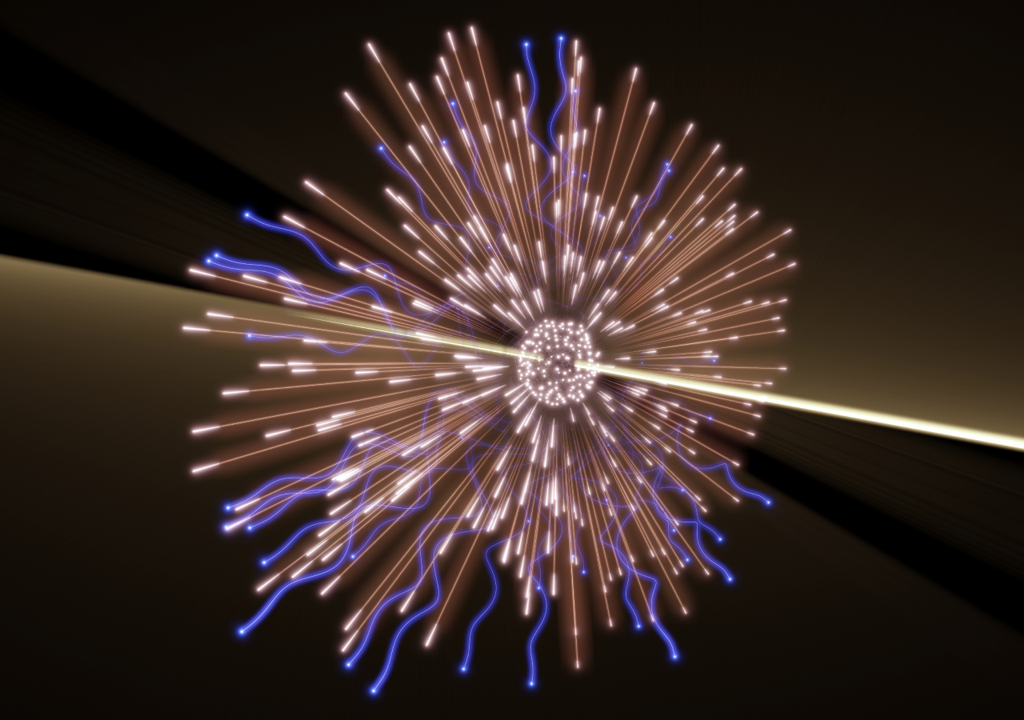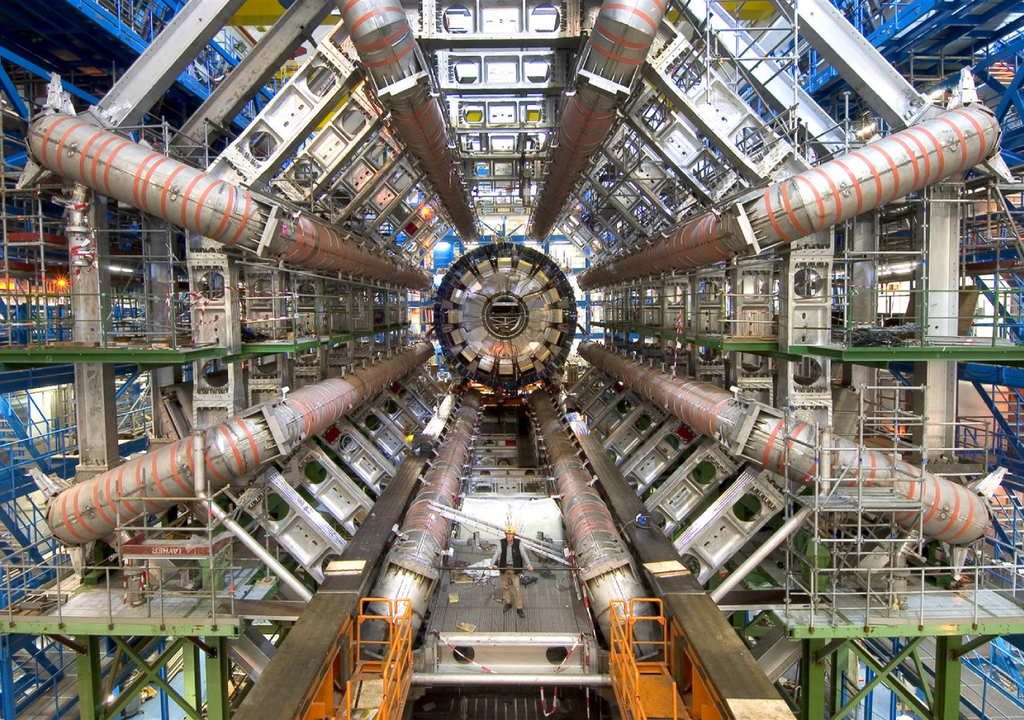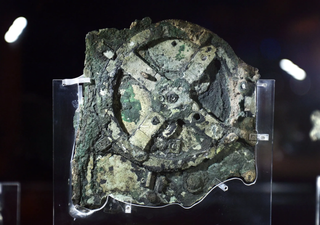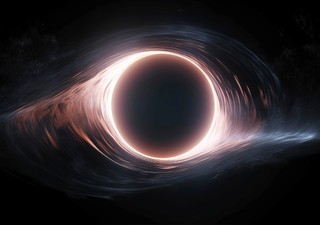Physicists observe one of the rarest phenomena in particle physics in new study
An extremely rare decay of a particle has been observed and puts physics' most successful model to the test.

Within Particle Physics there is the standard model of particles that encompasses all known particles and interactions. He is given as the most successful theory of Physics since all his predictions were confirmed at some point. The most famous prediction was confirmed in 2013 when CERN physicists observed the particle known as the Higgs boson that became news worldwide.
Despite the success, confirming or discarding models in Particle Physics is a challenge since for observations to occur, increasingly better particle accelerators are needed. This is because there is no way to make direct observations but through collisions between particles that generate other particles. The result of a collision can inform about masses and energy involved in the previous particles in addition to the generation of new ones.
Recently, Particle Physics was put to the test again through an experiment at CERN. This time, it was the observation of an extremely rare decay of a particle called kaón. What draws attention in this decay is that the frequency with which it happens can be accurately calculated. Because of this, rare decay can confirm or correct a prediction of the standard particle model.
Standard Particle Model
The model that describes the particles and fundamental interactions of nature is called the Standard Particle Model. It was established during the 20th century when physicists around the world were in search of fundamental particles through experiments. Several particles were discovered as well as particles associated with electromagnetic, weak nuclear and strong nuclear interactions.
The Standard Particle Model accurately explains three of the four fundamental interactions of nature missing only the gravitational interaction.
Currently, the model is considered the most successful theory in Physics since all predictions proved to be correct. One of these predictions was the Higgs boson found in 2012 by CERN researchers and announced in 2013. Since the Higgs mechanism is directly related to the masses of the particles, the discovery was taken as one of the most important in Physics and confirming the model as successful.
CERN
The experiments that led to the discovery of the Higgs boson took place at CERN's particle accelerator. CERN is a research center focused on Particle Physics that was founded in 1954 between France and Switzerland. CERN is known for the LHC or Great Hadron Collider that was inaugurated in 2008 and to this day remains the largest particle accelerator in the world.

In addition to a greater particle accelerator, the LHC can also take particles to speeds close to light with very high energies. The main objective was to create an environment that resembles the conditions of the first moments of the Universe to understand how particles and interactions behaved.
Kaón
Kaóns are particles composed of a quark and an antiquark, they are usually called foreign particles. They were found in the mid-twentieth century in the studies of cosmic rays. There are four types of kaóns and all of them have important roles in Physics such as the study of charge-parity symmetry. This is because in the 1960s, some experiments with kaóns gave different results for the conservation of symmetry.
Another reason why kaóns are largely studied by particle physicists is decay. This is because the kaóns have some types of decay that help study predictions of the Standard Particle Model. Generally, kaóns decay into neutrinos and a particle known as a muon.
Ultra-rare decay
According to the Standard Particle Model, there is a frequency of about 13 in 100 billion times that the kaón can otherwise decay. This type of decay is extremely rare and is often called gold decay or golden channel. Since the frequency is extremely low and has a high accuracy in the model, it is possible to test if the model got it right once again.
CERN disclosed that in an experiment called NA62, it was possible to observe a kaón decaying through the golden channel. With this observation, it will be possible to estimate whether the rate found in the theoretical predictions agrees with the observed one. This will be another step in particle physics and in the Standard Model test, which can be another test that the model will be successful.
News reference:
Swallow 2024 New measurement of the K+ -> pi+nunu decay by the NA62 Experiment CERN








